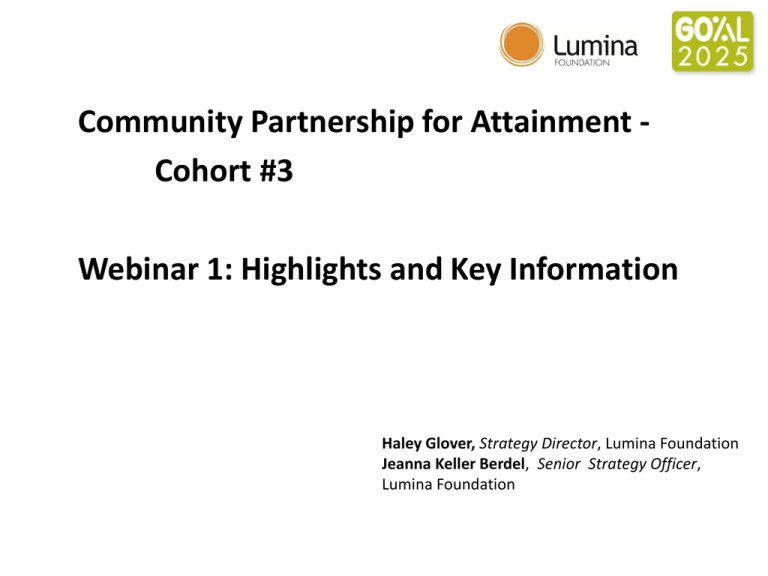

The IMS Global CLR Implementation Guide is a comprehensive data standard that meets the objectives of an official institutional learning-focused and comprehensive learner record. Implementation of the IMS Global Comprehensive Learner Record Standard: A Practical Guide for Campus Personnel.Of this report is to create standards for definitions and portability of alternative credentials. This report provides research on best practices for members' institutions considering or already offering certificates and micro-credentials. The AACRAO Alternative Credentials work group published their final report in July, 2022. FINAL REPORT: Alternative Credentials: Considerations, Guidance, and Best Practices.The Alabama Talent Playbook explains how Alabama has created technological infrastructure to support its developing skills-based economy this representsĪ huge step forward and stands out as an early exemplar of what digital credentialing can look like on a large scale.Īn institutional example of a digital badge policy from the University of Wisconsin - Madison (as of December, 2022). Read the recent C-BEN report on Interoperable Learning & Employment Records to begin building a framework to establish seamless sharing and use of LERs.Īlabama is now the first state to issue a digital wallet available to all residents. To guide action, a common set of principles for education and employment data has been created for use by key decision makers who provide education and training to millions of AmericansĮach year. Interoperability of the data systems that produce LERs. LERs are reshaping not only what is recorded about a learner’s knowledge, skills, and capabilities, but also how learners can access and use their data to pursue employment and further education without barriers.

These efforts aim to bring CLR to scale nationally to address important challenges in credit mobility for learners.Īdditionally, AACRAO is working to promote awareness and advance knowledge around the Learning and Employment Record (LER), a system that contains verifiable information about a person’s achievements spanning an inclusive range of contexts to include the CLR, the higher education component of the LER, that provides verified credentials representing the skills and competencies achieved by the student during their academic career.ĪACRAO will support higher education contributions of robust learning to the overall CLR/LER work by putting forth recommendations of academic record practices that protect the integrity and validity of these expressions of learner achievement, supporting the principles of interoperability and student-centered records, and continuing to seek collaboration and innovation partners. Through past Lumina Foundation grants, and a current grant from the Bill and Melinda Gates Foundation, AACRAO continues to be a leader in the development and adoption of CLR in American higher education.
#LUMINA FOUNDATION FULL#
The full text of the paper is available here as well as on the Lumina Foundation website.AACRAO is a long-standing champion in the advancement of the Comprehensive Learner Record (CLR) having collaboratively developed pilots, guidelines, and best practices that allow for the expansion of the idea of the traditional record. As states continue to focus on increasing educational attainment and fulfill the growing technical and advanced workforce needs, policymakers are examining and making changes to the funding system that shapes how they invest in higher education outcomes. Such a financial structure does not, however, provide a sustainable and scalable revenue source for other things that public higher education needs to do-focus on low-income students who cannot afford the full cost, offer courses in technical and scientific disciplines whose costs exceed tuition rates, invest in advising and long-term academic planning, or award credit for what students have accomplished at other institutions or through alternative instructional pathways.

This “cash-for-credit” model fosters institutions that can increase revenue through raising prices per credit, increasing student enrollment, or selling more credit hours per student. Credit hours produce revenue for institutions primarily through the tuition transaction (student payment, with or without financial aid offsets) and in some cases by determining the amount of state funding received as well.
#LUMINA FOUNDATION DRIVER#
Nationally, the primary driver of revenue for colleges and institutions is the credit hour, a measure of short-term student enrollment.
#LUMINA FOUNDATION SERIES#
In a paper commissioned by Lumina Foundation for a series on outcomes-based funding, Nate Johnson examines the role of institutional and student incentives in higher education finance.


 0 kommentar(er)
0 kommentar(er)
